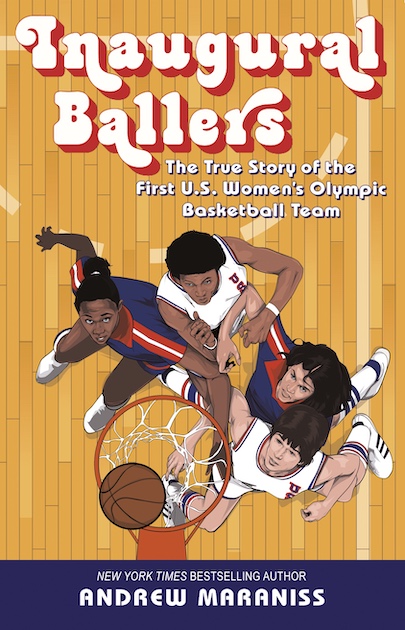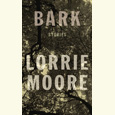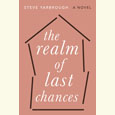Who Lies Beneath
Nyani Nkrumah reckons with tragic history and racial reconciliation in a coming-of-age literary debut
Nyani Nkrumah’s Wade in the Water gets at the heart of progress toward racial reconciliation, asking deep questions through characters whose histories intertwine long before they meet.
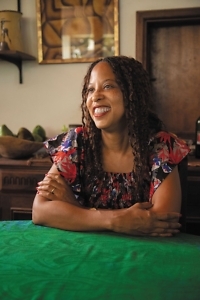
From the first word, Nkrumah introduces us to her 12-year-old protagonist, Ella. Born out of wedlock and unwanted, Ella fights an internal emotional battle of loving her family while facing home with dread and trying to escape constant instability and rampant abuse. In the sweltering summer days, she stays out with lifelong friends from the neighborhood and visits the only father figure she’s ever had, the loving Mr. Macabe.
Ella’s story takes place in Ricksville, Mississippi, a small town with steep racial division. Jim Crow laws are consigned to memory by the time Ella’s story starts in the summer of 1982, but Ricksville’s past bears deep scars that reappear in everyday race relations among its residents. Everyone in the community knows Black people live on the south side of town, on Ricksville Road, while white people live in the north. No one crosses that invisible line until Katherine St. James comes to town all the way from Princeton, New Jersey.
The day Katherine moves into a house on the south side of Ricksville, everything changes for Ella. The rhythm of the community is abruptly interrupted; it seems every head in town turns in Katherine’s direction as she walks up Ricksville Road to the local library. Rumors spread and, before long, everyone in town knows she’s writing a Ph.D. dissertation about the Civil Rights Movement.
Eager to gain the trust of Ricksville’s Black residents, Katherine befriends Ella and invites her to after-school tutoring sessions. Curious and highly intelligent, Ella thrives during these sessions with her newfound friend. As she places more trust in Katherine, she shares, for the first time, the reality of her abusive home life, which no one fully sees from the outside.
Although she gains Ella’s trust and provides a safe haven for the girl to flourish, there’s more to Katherine than meets the eye and Ella is the first in Ricksville to see it.
 From the moment Nkrumah describes Katherine’s research, it’s clear that this character has something to prove that is more personal than academic. She’s intent on finding what she sees as a hidden side of the Civil Rights Movement. Nkrumah tactfully introduces Katherine’s complicated, carefully hidden past through a series of flashbacks and journal entries, connecting her true personal history to the rural South. Born Kate Summerville in neighboring Philadelphia, Mississippi, Katherine’s memories and journal entries reveal a troubled mind that struggles to overcome the legacy she was left by a deeply racist, violent father.
From the moment Nkrumah describes Katherine’s research, it’s clear that this character has something to prove that is more personal than academic. She’s intent on finding what she sees as a hidden side of the Civil Rights Movement. Nkrumah tactfully introduces Katherine’s complicated, carefully hidden past through a series of flashbacks and journal entries, connecting her true personal history to the rural South. Born Kate Summerville in neighboring Philadelphia, Mississippi, Katherine’s memories and journal entries reveal a troubled mind that struggles to overcome the legacy she was left by a deeply racist, violent father.
Unsurprisingly, Ricksville’s Black residents aren’t comfortable opening up to a white stranger about civil rights — a movement that cost them greatly and remains a point of contention in their hometown. But Ella seeks to change their perception, believing that they will love Katherine as much as she does if they can just get to know her.
Eager to make a good impression, Ella devises a plan for Katherine to shine at a community event. But nothing goes as planned, and Katherine shows a side of herself that places the first shred of doubt in Ella. From that moment forward, nothing in their relationship is the same. It’s clear Katherine is hiding something — and Ella is the first to see something frightening in her, just as the rest of Ricksville grows to confide in her. With the help of two trusted friends, including Mr. Macabe, Ella seeks the truth of Katherine’s identity and the research she claims will transform the way Americans see the Civil Rights Movement.
By the end, Katherine’s true colors are revealed and it will take every last word of the novel to discern the layers of her complexity. Where many stories of interracial friendship result in a tolerance that forgets, Wade in the Water challenges us to examine the prescient roles of power, legacy, and safety in remembrance.
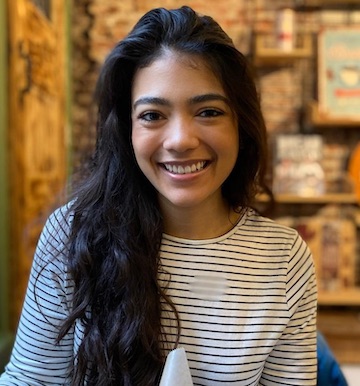
Sarah Stewart is a writer from Nashville. Her work has appeared in Nashville Scene, She Reads, and The Beet. In her free time, she writes about her journey to every country in the world on From the Aisle Seat.
